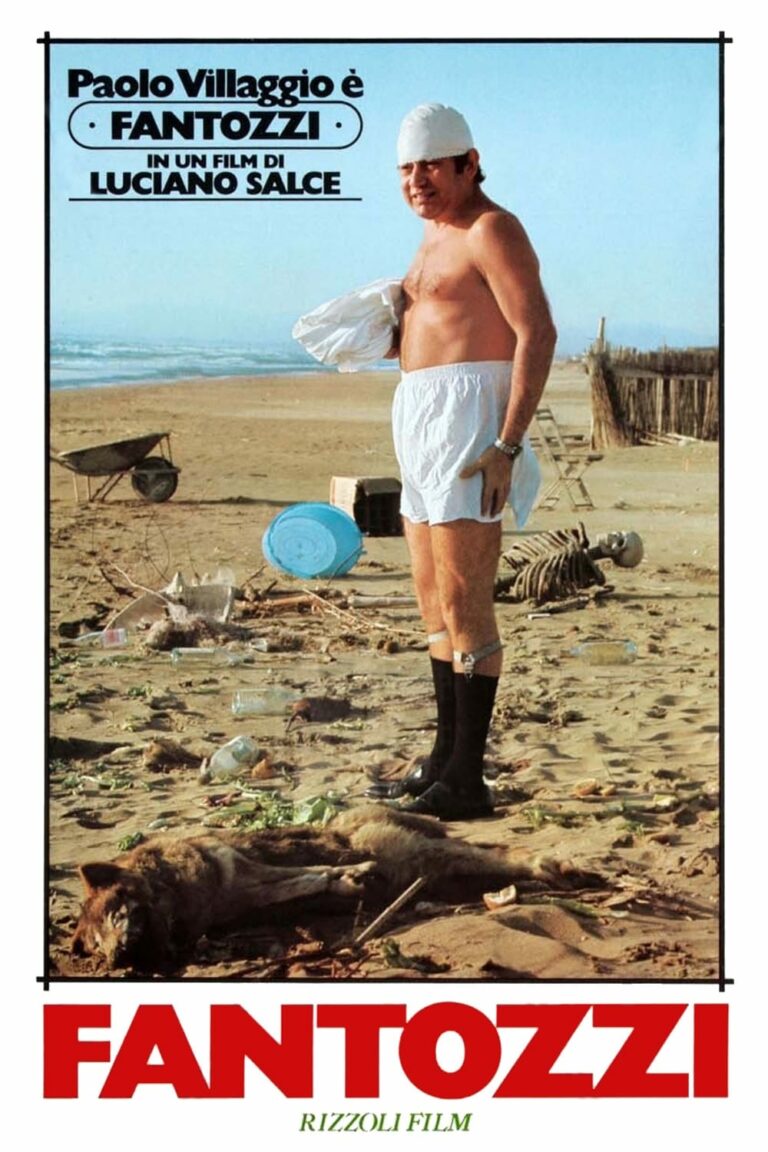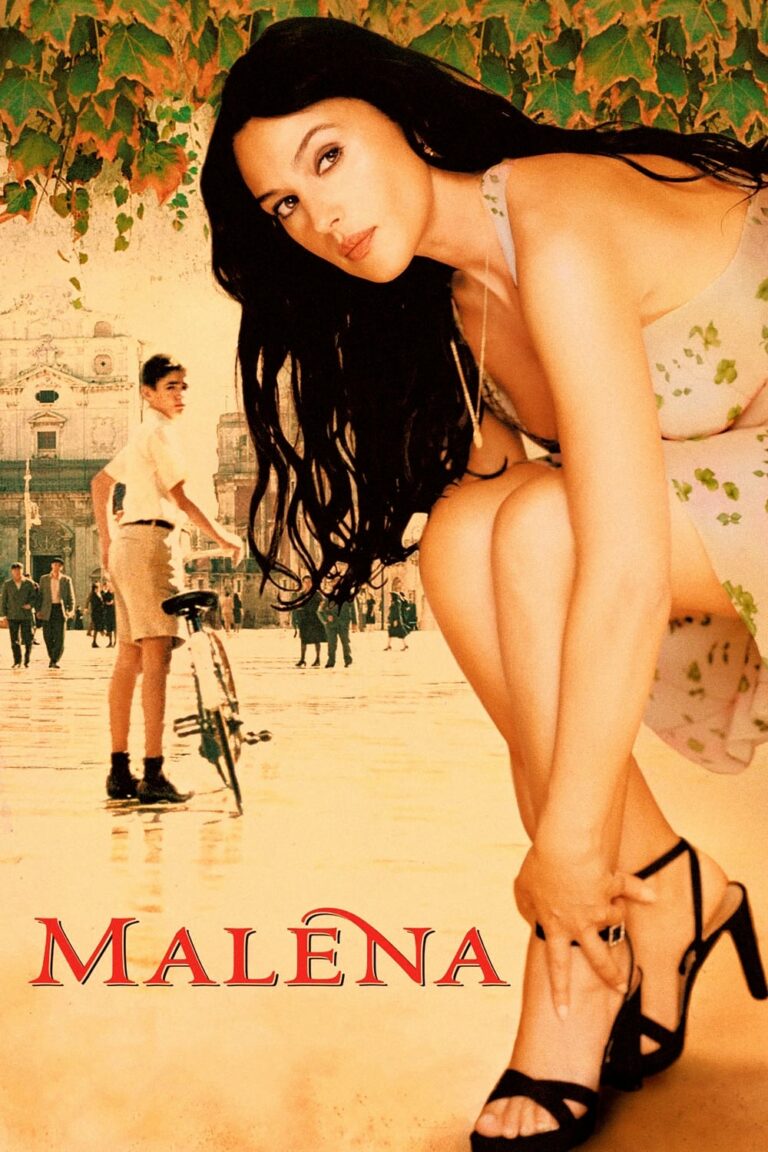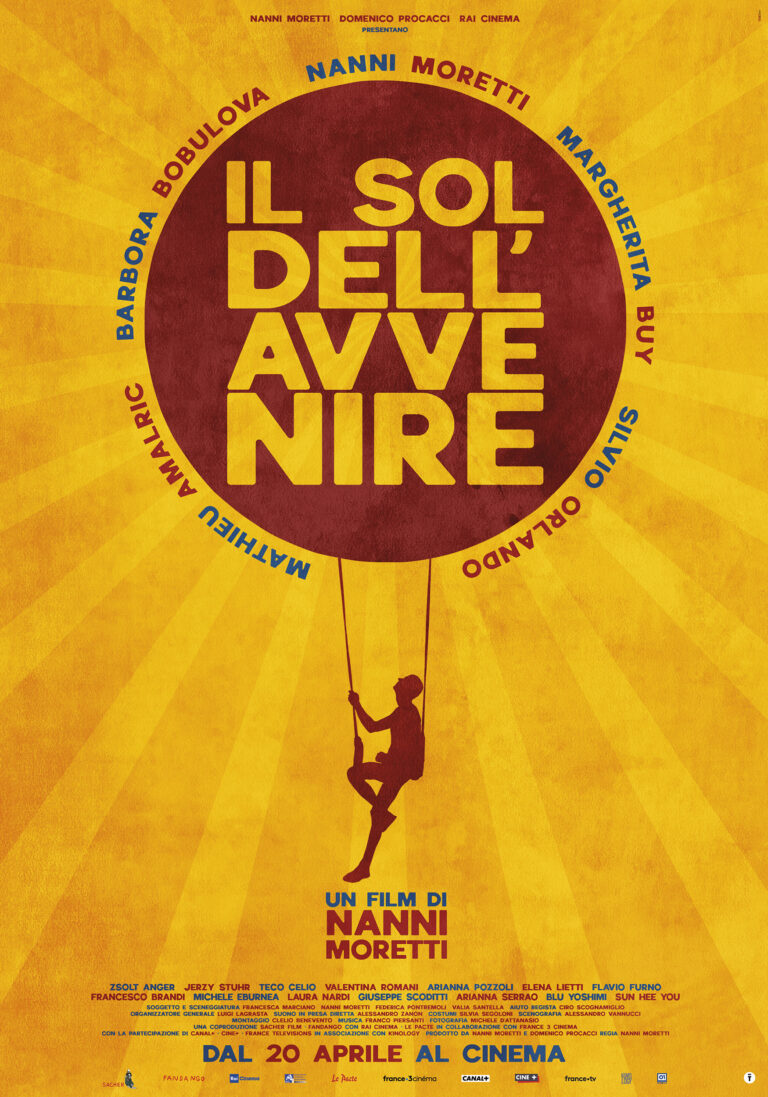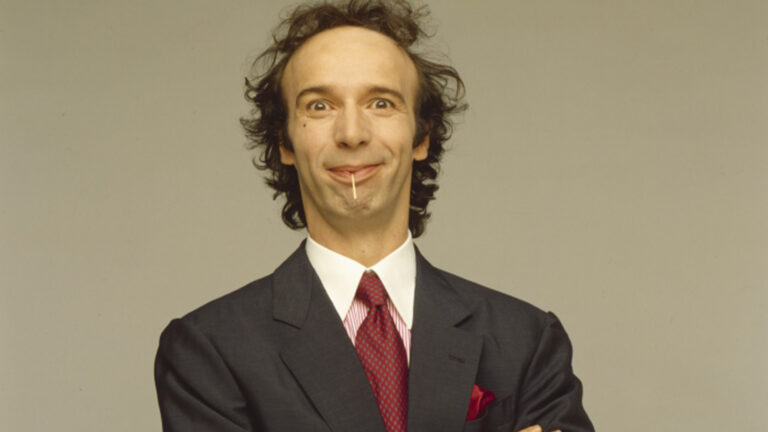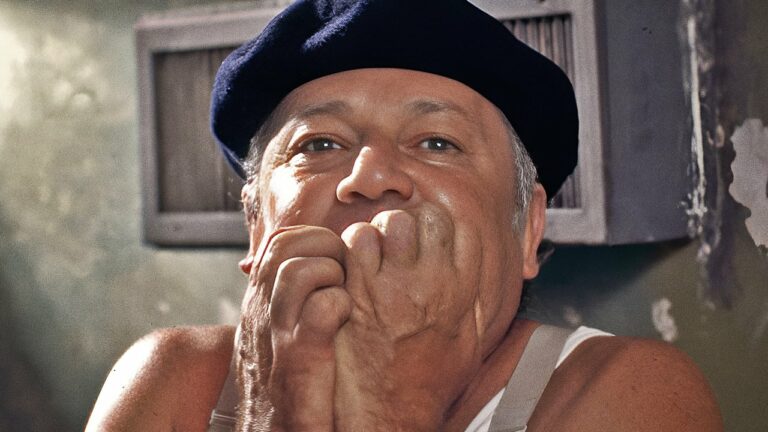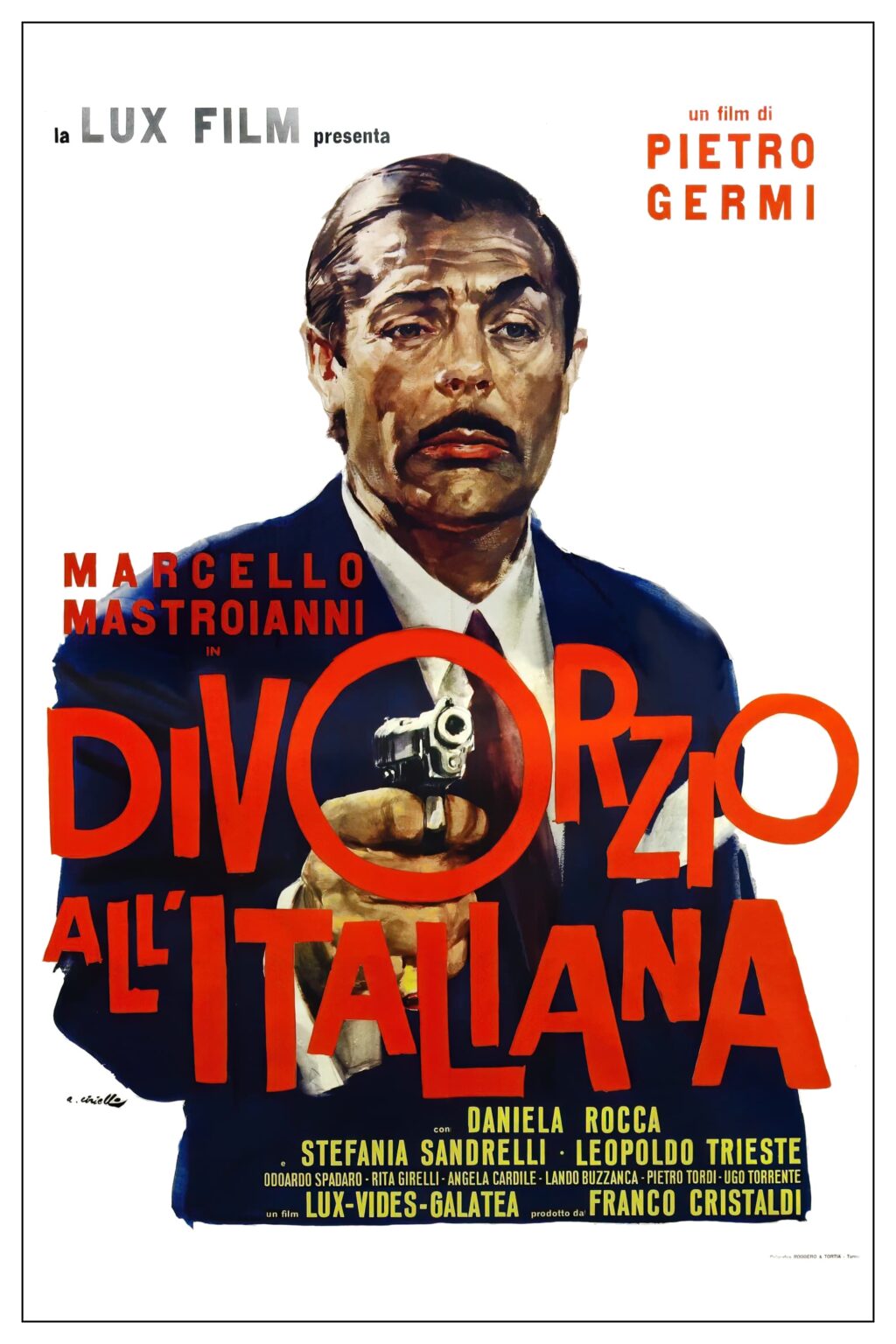
Italy’s cinematic heritage is rich with bold, thought-provoking works that blend humor with social commentary. One of the most iconic examples of this is Divorce Italian Style (Divorzio all’italiana), directed by Pietro Germi in 1961. This dark comedy not only entertained audiences with its sharp humor but also served as a biting critique of Italy’s outdated divorce laws and societal hypocrisy. Starring the charismatic Marcello Mastroianni, the film remains a testament to the genius of Italian cinema during its golden age.
The Plot: A Darkly Comic Tale of Love and Murder
The story follows Ferdinando Cefalù (Marcello Mastroianni), a middle-aged Sicilian nobleman trapped in a stifling marriage with his overbearing and unattractive wife, Rosalia (Daniela Rocca). Ferdinando, or “Fefè,” becomes infatuated with his young and beautiful cousin Angela (Stefania Sandrelli), dreaming of a life with her. However, divorce is illegal in 1960s Italy, and Fefè begins concocting a morally dubious plan to rid himself of his wife.
Inspired by Sicily’s cultural tolerance for “crimes of honor,” he plots to provoke Rosalia into an affair so he can murder her and receive a lenient sentence. The comedic brilliance of the film lies in Fefè’s scheming, his bumbling efforts, and the absurdity of the social norms he exploits.
Marcello Mastroianni: The Heart of the Film
Marcello Mastroianni delivers a masterful performance as Fefè, perfectly balancing charm, self-absorption, and desperation. His portrayal of a man driven by lust and societal pressures is both hilarious and deeply human. Mastroianni’s expressive eyes, sly smirks, and impeccable comedic timing turn a morally reprehensible character into someone the audience can’t help but root for.
Fefè’s internal monologues, brought to life through Mastroianni’s nuanced performance, add layers to his character, exposing his vanity, cowardice, and insecurities. This role earned Mastroianni widespread acclaim and an Academy Award nomination for Best Actor, solidifying his place as one of Italy’s greatest actors.
Pietro Germi’s Vision: A Satirical Masterpiece
Pietro Germi, who both directed and co-wrote the film, expertly combines comedy with biting social critique. Divorce Italian Style lampoons the rigid moral codes and legal hypocrisies of 1960s Italy, particularly the absence of legal divorce and the cultural acceptance of “crimes of honor.” Germi uses Fefè’s outlandish plan to highlight the absurdity of a society that tolerates murder as a solution to marital unhappiness while denying the option of divorce.
The film’s pacing, narrative structure, and use of flashbacks and fantasies demonstrate Germi’s skill as a storyteller. His satirical lens spares no one, poking fun at the church, the legal system, and Sicily’s deeply ingrained traditions.
The Women of Divorce Italian Style
Though the film revolves around Fefè, the female characters play crucial roles in the story’s dynamics.
- Rosalia Cefalù (Daniela Rocca): Rosalia is portrayed as the archetypal “nagging wife,” but Germi adds depth to her character. She is oblivious to her husband’s disdain, yet her devotion and innocence make her eventual fate all the more tragic.
- Angela (Stefania Sandrelli): Angela represents youthful beauty and innocence, embodying Fefè’s idealized vision of love and freedom. However, her character also highlights Fefè’s delusions and the power imbalance in their relationship.
Germi uses these characters to critique the roles and expectations placed upon women in Italian society, illustrating their limited agency within the patriarchal framework.
Cinematic Brilliance: Style and Technique
Visually, Divorce Italian Style is a triumph. Cinematographer Leonida Barboni captures the essence of Sicily with stunning black-and-white imagery, juxtaposing the grandeur of the Cefalù family estate with the decaying town around it. The stark contrasts mirror the contradictions in Fefè’s life and society at large.
The use of music, particularly the recurring theme of “Fumando Una Sigaretta,” adds a whimsical yet ironic tone to the film. The score, composed by Carlo Rustichelli, plays a pivotal role in setting the mood, oscillating between lightheartedness and dark satire.
Cultural and Social Context
To fully appreciate Divorce Italian Style, it’s essential to understand the cultural backdrop of 1960s Italy. At the time, divorce was illegal, and the concept of marriage was deeply intertwined with religion and tradition. Crimes of honor, particularly in Sicily, were treated with leniency, reflecting the double standards in the justice system.
The film exposes these hypocrisies with razor-sharp wit, holding a mirror to a society that prioritized appearances and outdated moral codes over genuine justice and human happiness.
Critical Reception and Legacy
Upon its release, Divorce Italian Style was met with widespread acclaim, both in Italy and internationally. It won the Academy Award for Best Original Screenplay and received nominations for Best Actor and Best Director. Critics praised its bold humor, sharp writing, and Mastroianni’s unforgettable performance.
The film’s influence extends far beyond its time. It inspired a wave of Italian comedies that tackled social issues with humor and heart, solidifying the “commedia all’italiana” genre. Today, Divorce Italian Style is regarded as a classic of world cinema and remains a favorite among film enthusiasts.
FAQs
What is Divorce Italian Style about?
The film follows Ferdinando Cefalù, a Sicilian nobleman who plots to murder his wife to escape his unhappy marriage and pursue his young cousin.
Why is Divorce Italian Style considered a classic?
Its blend of dark comedy, social satire, and masterful performances, particularly by Marcello Mastroianni, make it a timeless masterpiece.
Who directed Divorce Italian Style?
The film was directed by Pietro Germi, who also co-wrote the screenplay.
What social issues does the film address?
It critiques Italy’s outdated divorce laws, rigid moral codes, and cultural acceptance of crimes of honor.
How did Marcello Mastroianni’s performance impact the film?
His charismatic and nuanced portrayal of Ferdinando Cefalù earned him critical acclaim and an Academy Award nomination.
What awards did Divorce Italian Style win?
The film won the Academy Award for Best Original Screenplay and received nominations for Best Actor and Best Director.
Conclusion
Divorce Italian Style is much more than a comedy; it’s a masterful exploration of human flaws, societal hypocrisies, and the lengths people will go to for love—or lust. With its unforgettable characters, sharp satire, and enduring relevance, the film remains a jewel of Italian cinema. Whether you’re a fan of classic films or new to the genre, this darkly hilarious tale is a must-watch.
